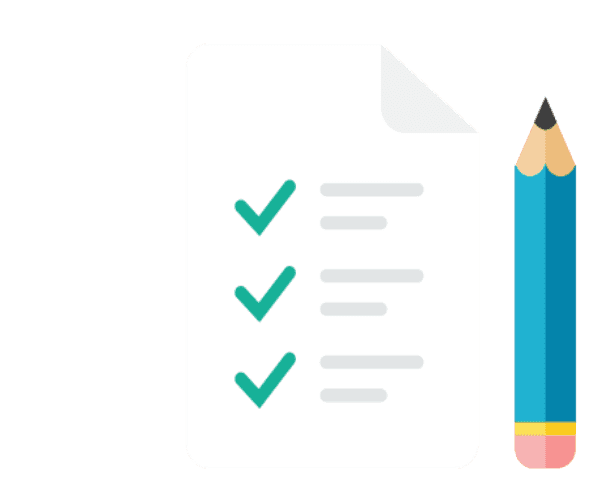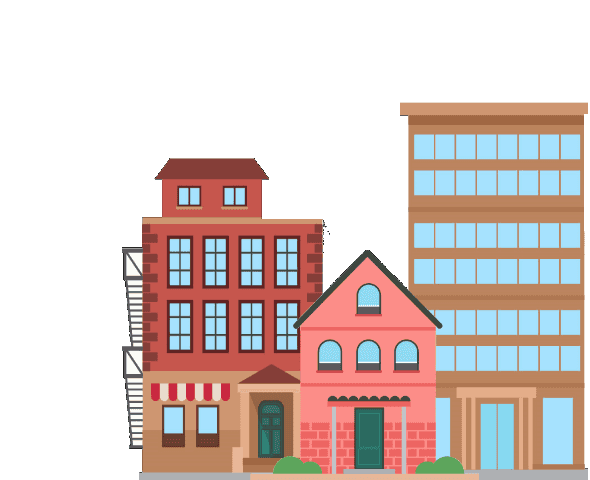Getting a handle on debt and being debt-free is a goal many people set their mind to. With high-interest credit cards and personal loans, it can often become challenging to manage and pay down, especially if you have other financial responsibilities on your plate. Instead of letting this high-interest debt stand in the way of meeting your goals, many Canadians have looked to their mortgages to consolidate their debt and alleviate this financial stress.
But, what is debt consolidation?
Consolidating your debt involves using the equity in your home to secure a loan, usually by refinancing your mortgage or with a line of credit to pay off other high-interest debts. These debts can include credit cards, auto loans, personal lines of credit, student loans and even payday loans. When you consolidate your debt, you’re essentially combining all of your debt sources into one larger debt at what is usually a much lower interest rate. Doing this can help you budget your finances better and make your debt more affordable and easier to pay off sooner. Not to mention, consolidating your debt and lowering your monthly payments could also help to improve your credit score by increasing your ability to make payments on time and in full.
Here’s a simple example to help you better understand. Let’s say you owe $20,000 on your credit card with an interest rate of 19.99% ($3,998). Imagine the same $20,000 to be paid with an interest rate of 2.5% ($500). The annual difference is $3,498. This is the amount of money you’ll save over a year if you were to consolidate your debt.
How can you do this?
If you’re considering using your mortgage to consolidate debt, you’ll want to first calculate your loan-to-value (LTV) ratio. It’s a good way to determine if this is the right move for you. Your LTV ratio helps you understand how much equity you currently have in your home. To calculate your LTV, divide the amount owing on your mortgage by the current value of your home.
For example, Melinda’s home is currently worth $600,000 and her current mortgage is $480,000. Her LTV ratio is 80% ($480,000 ÷ $600,000).
Typically, prime A and B lenders allow a maximum LTV ratio of 80% in order to consolidate your debt. However, there are options where your LTV can be higher, which we discuss in further detail below.
Different ways you can consolidate debt using your mortgage
Mortgage Refinancing
One option is to refinance your mortgage. This involves breaking your current mortgage term early and combining your mortgage and other debts into one secured loan of up to 80% of your home’s value. In order to do this, you must own a home with a mortgage. By breaking your mortgage contract early, you may be subject to a penalty, which could either amount to three months’ interest or an interest rate differential. This penalty can be rolled up into your new refinanced mortgage.
Getting a Second Mortgage
A second mortgage is a loan that is secured against your home on top of your actual mortgage. They are commonly used to consolidate debt and combine multiple high-interest loans into a single monthly payment at a much lower rate. A second mortgage can come in various forms including a Home Equity Line of Credit (HELOC), which generally has a rate that is within a percentage point of the prime rate, or a second mortgage with a private lender, with rates that range between 8 to 14% (so it’s important to shop around).
1. Home Equity Line of Credit
A HELOC can be used to borrow against the equity in your home, which uses the home as collateral for that loan. It allows you to access up to 80% of your home’s value, minus the outstanding balance you currently have on your mortgage. HELOCs have variable mortgage rates and give you the flexibility to use as much equity as you need without having to pay down a portion of the loan principal each month. Instead, your minimum monthly payment will be an interest-only payment based on the amount you’ve withdrawn. Unlike mortgage refinancing, adding a HELOC on top of your first mortgage won’t cost you any penalty fees, however, legal fees may apply.
2. Getting a Second Mortgage with a Private Lender
Compared to the others, this option may come with a higher interest rate. However, unlike refinancing and HELOCs, getting a second mortgage with a private lender allows borrowers to access more than 80% of their home’s value. A private mortgage is a home loan issued by a lending institution that’s not represented by a traditional bank, credit union or monoline lender. If you’re having a hard time qualifying for a larger loan with your existing lender, applying for a second private mortgage could be an option for you. Despite the higher interest rate, you will still benefit from a much lower rate compared to credit cards and a personal line of credit – saving you more money in the long run and helping you pay off your debts sooner. Usually, with private mortgages they are interest only (aka you don’t pay down the mortgage at the same time). So they also come with lower payments.
At Homewise, we help Canadian homeowners looking to refinance their mortgages, secure HELOC’s or get a second mortgage everyday. Working with over 30 banks and lenders, we are able to present you with the various mortgage options available so you can make the best decision and ultimately, meet your financial goals. Start by applying online in just five minutes today and one of our Mortgage Advisors will get in touch and guide you through the process.








